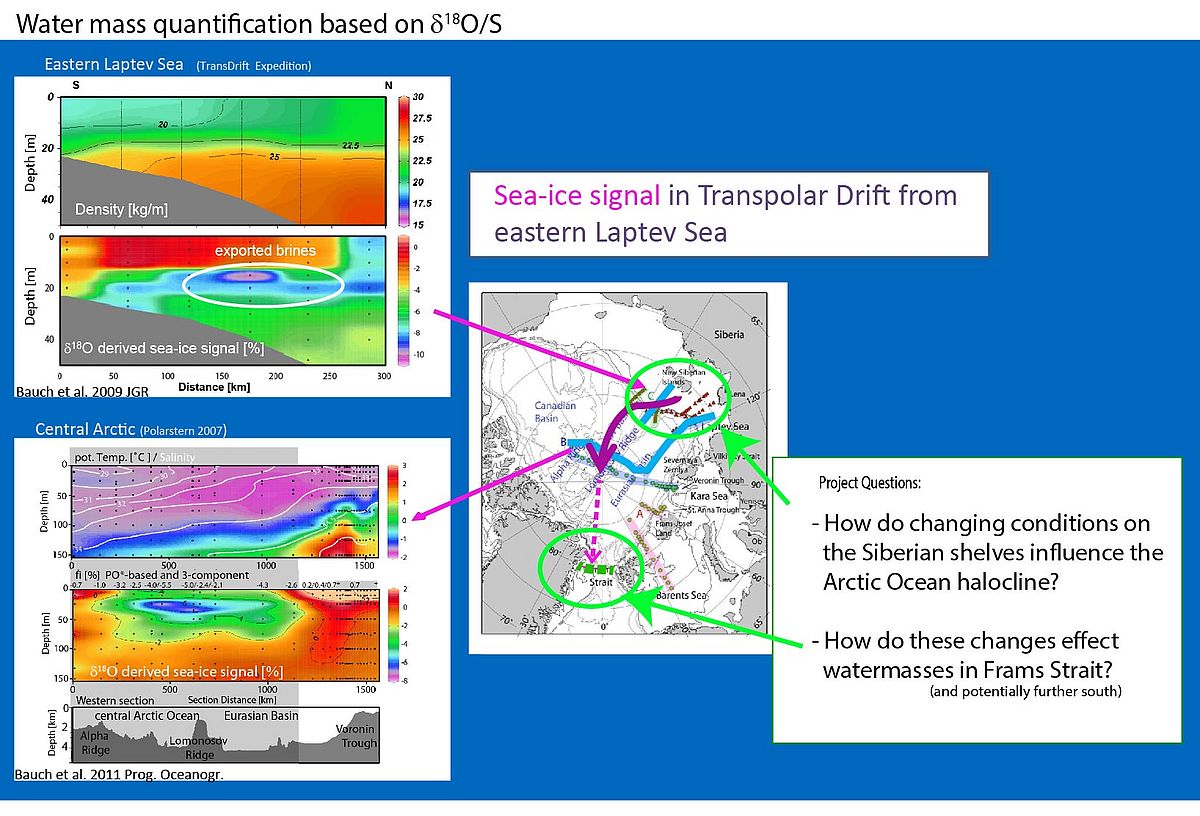Head of Research Unit:
Prof. Dr. Martin Frank
Phone: +49-431 600-2218
e-mail: mfrank(at)geomar.de
GEOMAR Helmholtz Centre for Ocean Research Kiel
East shore campus
Wischhofstrasse 1-3
D-24148 Kiel
Personal Assistant / Office Management:
Martina Hars
Phone: +49-431 600-2216
e-mail: mhars(at)geomar.de



